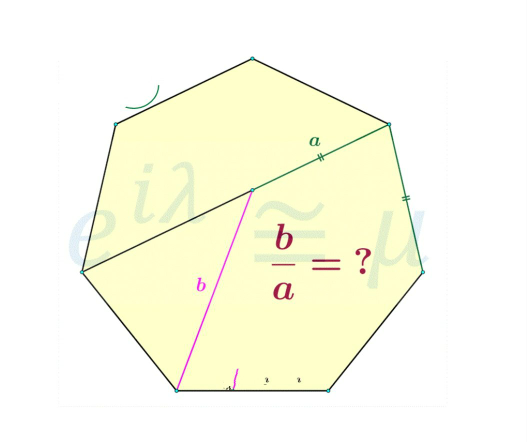
AllQuestion and Answers: Page 1315
Question Number 83063 Answers: 1 Comments: 3

Question Number 83050 Answers: 0 Comments: 1

Question Number 83049 Answers: 0 Comments: 0

Question Number 83042 Answers: 0 Comments: 1
Question Number 83037 Answers: 0 Comments: 3
Question Number 83036 Answers: 0 Comments: 3
Question Number 83035 Answers: 1 Comments: 1

Question Number 83032 Answers: 1 Comments: 0

Question Number 83030 Answers: 1 Comments: 0

Question Number 83028 Answers: 0 Comments: 3
Question Number 83026 Answers: 0 Comments: 0
Question Number 83021 Answers: 0 Comments: 0
Question Number 83020 Answers: 0 Comments: 0
Question Number 83019 Answers: 1 Comments: 1
Question Number 83010 Answers: 0 Comments: 0
Question Number 83009 Answers: 0 Comments: 1
Question Number 83008 Answers: 0 Comments: 0
Question Number 82995 Answers: 1 Comments: 1

Question Number 82993 Answers: 1 Comments: 0

Question Number 82991 Answers: 1 Comments: 2

Question Number 82988 Answers: 1 Comments: 3
Question Number 82985 Answers: 1 Comments: 0

Question Number 82975 Answers: 0 Comments: 7
Question Number 82974 Answers: 1 Comments: 1

Question Number 82973 Answers: 0 Comments: 0
Question Number 82972 Answers: 0 Comments: 0
Pg 1310 Pg 1311 Pg 1312 Pg 1313 Pg 1314 Pg 1315 Pg 1316 Pg 1317 Pg 1318 Pg 1319
